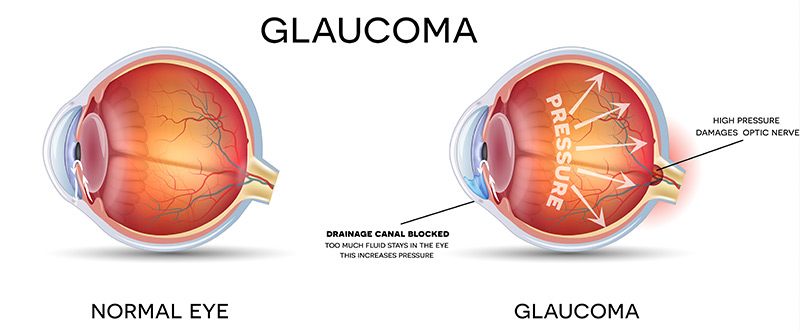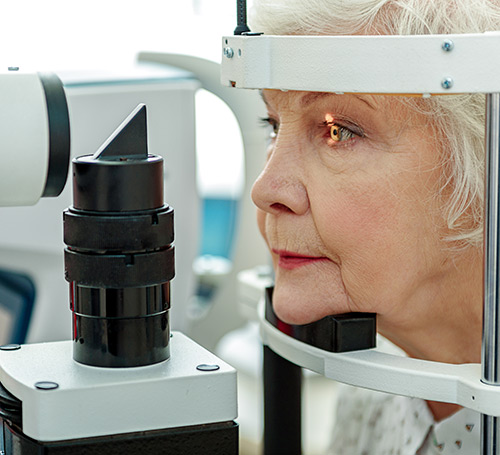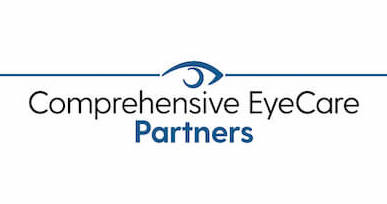What is Glaucoma?

Glaucoma is a leading cause of blindness in the United States, especially for older people, but the loss of sight from the condition is preventable if you get treatment early enough. It is a disease of the optic nerve, which is the nerve that carries the images we see to the brain. Many people know that glaucoma has something to do with the pressure inside the eye, but what a lot of people don’t know is that the higher the pressure inside the eye, the greater the chance of damage to the optic nerve.
The optic nerve is like an electric cable containing a huge number of wires. Glaucoma can damage nerve fibers, causing blind spots to develop. Often people don’t notice these blind areas until a great deal of optic nerve damage has already occurred. If the entire nerve is destroyed, then blindness results. Early detection and treatment by your ophthalmologist are the keys to preventing optic nerve damage and permanent blindness from this condition.
What Causes Glaucoma?

Clear liquid, called the aqueous humor, flows in and out of the eye. This liquid is not part of the tears on the outer surface of the eye. You can think of the flow of aqueous fluid as a sink with the faucet turned on all the time. The clear liquid aqueous humor is constantly flowing within the eye. If the drainage angle of the eye is blocked, then the fluid cannot flow out of the eye. If the “drainpipe” gets clogged, then water collects in the sink and pressure builds up. If the drainage area of the eye, called the drainage angle, is blocked, then the fluid pressure within the inner eye may increase, which can lead to serious damage to the optic nerve.
Who is at Risk for Glaucoma?

High pressure alone does not mean that you have the disease or are at risk. Your ophthalmologist here at Shepherd Eye Center will put together many kinds of information to determine your risk for developing the disease.
The most important risk factors include:
- Age
- Near-sightedness
- African ancestry
- A family history of glaucoma
- Past injuries to the eyes
- A history of severe anemia or shock
Your ophthalmologist will weigh all of these factors before deciding whether you need treatment for glaucoma, or whether you should be monitored closely as a suspect. This means that your risk of developing the disease is higher than normal, and you need to have regular examinations to detect the early signs of damage to the optic nerve.


